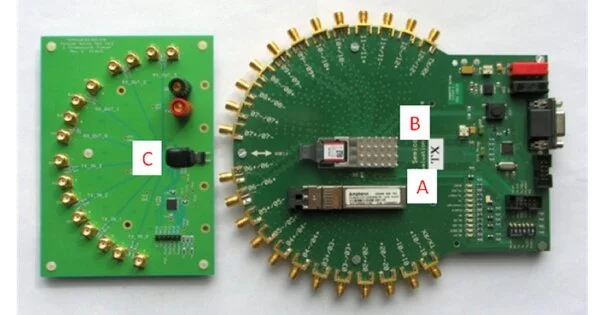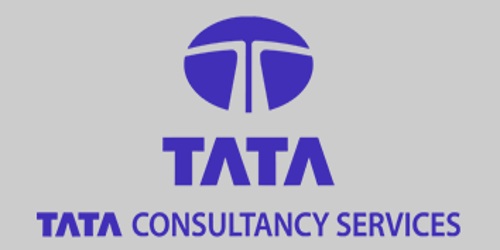A parallel optical interface is a type of fiber optic technology that is primarily used for communications and networking over short distances (less than 300 meters) and at high bandwidths.
Data is divided into multiple lanes in a parallel optical interface and transmitted over a separate optical fiber or waveguide. These lanes can be viewed as independent data paths that operate concurrently. Parallel optics can achieve higher aggregate data rates than traditional serial optical interfaces by using multiple lanes.
Parallel optic interfaces differ from traditional fiber optic communication in that data is transmitted and received over multiple fibers at the same time. There are various methods for splitting data over this high bandwidth link. In its most basic form, a parallel optic link replaces many serial data communication links. In a more typical application, one byte of data is divided into bits, and each bit is coded and transmitted across the individual fibers. Needless to say, there are numerous methods for accomplishing this multiplexing as long as the fundamental coding at the fiber level meets the channel requirements.
The QSFP (Quad Small Form-factor Pluggable) transceiver, which supports data rates of up to 400 Gbps (gigabits per second), is a popular standard for parallel optical interfaces. QSFP modules can have multiple lanes, typically four, eight, or twelve, with each lane operating at a lower data rate. Lanes are frequently aggregated to provide higher data rates, such as using four 25 Gbps lanes to achieve a data rate of 100 Gbps.
Applications
Parallel optical interfaces are primarily used in telecommunications and supercomputers, but they are also being used in consumer applications. It replaces copper backplanes, which are commonly used in the design of large switching equipment.
There are two types of commercially available parallel optic interface products. The first is a twelve-channel system comprised of an optical transmitter and a receiver. The second is a four-channel transceiver product that can transmit and receive four channels in a single device.
Parallel optical interfaces offer several advantages:
- Higher data rates: By using multiple lanes, parallel optics can achieve higher aggregate data rates compared to serial interfaces, allowing for faster data transfer.
- Scalability: Parallel optics can be scaled easily by increasing the number of lanes, enabling support for higher data rates as needed.
- Lower latency: With parallel transmission, data can be transmitted simultaneously across multiple lanes, reducing the overall latency of the communication link.
However, there are also some challenges associated with parallel optical interfaces:
- Increased complexity: Parallel optics requires multiple fibers or waveguides, which can lead to increased complexity in cabling and infrastructure.
- Higher power consumption: Transmitting data in parallel requires more power compared to serial transmission, primarily due to the increased number of optical components and lanes.
- Cost: Parallel optical interfaces may be more expensive than their serial counterparts due to the additional optical components and complexity involved.
















